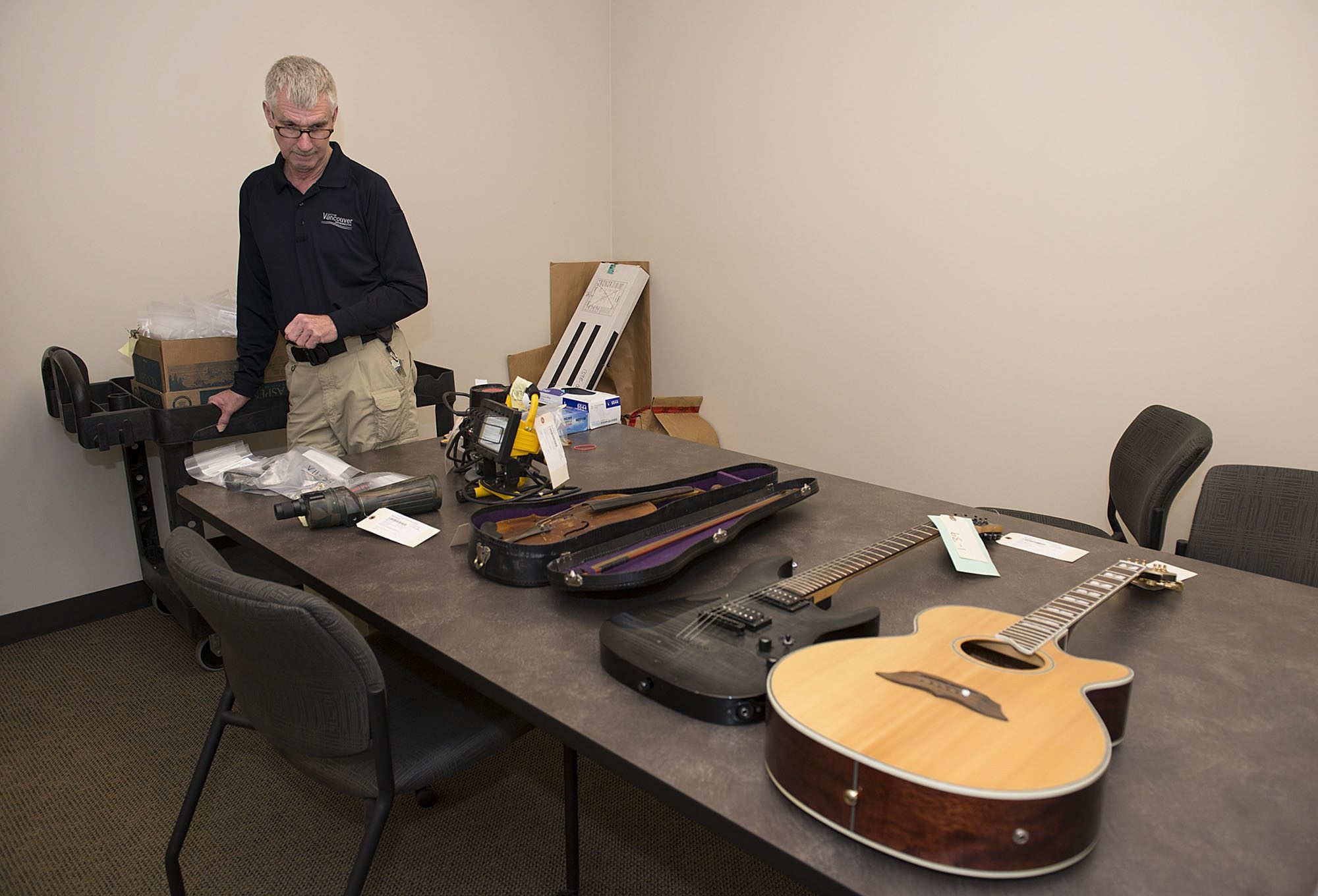Forfeitures a minor source of funding in small cities
Vancouver police, sheriff’s office took in far more
The Clark County Sheriff’s Office and Vancouver Police Department made the most money among local police agencies through seizures and forfeitures from 2010 to 2015.
Law enforcement agencies in the county’s smaller cities make use of civil forfeiture laws as well, but the total revenue made over that time has been relatively small compared to their department budgets. Here’s a look at how much they receive through such forfeitures:
• Battle Ground:Battle Ground police received about $106,000 through drug forfeitures from 2010 to 2015, and another $378 from felony seizures. About 89 percent of its drug forfeiture money came from a 2013 drug seizure.
• Camas:Almost all of the roughly $30,000 in forfeiture money coming into the Camas Police Department came from cash acquired through drug seizures.
• La Center: La Center police did not engage in any forfeitures for drug or felony investigations from 2010 to 2015.
• Ridgefield: The Ridgefield Police Department has completed one forfeiture for drug-related activity since 2010: a roughly $2,400 cash seizure.
Another part of the department’s drug enforcement fund, less than $200, came from the city court in the form of restitution payments and, according to department documents, a pop machine behind the office.
Some years ago, it was decided that money from the vending machine would go to the drug enforcement fund.
Ridgefield police made no forfeitures for goods or cash connected to felonies, but did seize multiple guns from 2010 to 2015 through misdemeanor investigations. In September, the department agreed to exchange 28 seized shotguns, pistols and rifles to Keith’s Sporting Goods in Gresham in exchange for a pistol, with the rest — valued at $4,500 — to be converted to store credit.
• Washougal: The Washougal Police Department received $2,900 though forfeitures, most of it cash, and about $400 from the auction of a 1999 Volkswagen Jetta. All of that money came from seizures from 2010 to 2012.
• Woodland: The Woodland Police Department took in about $26,000 through drug and felony forfeitures, with about 85 percent of that from drug-related seizures.
Ten percent of the cash police agencies seize or the money they raise at auction though drug or felony forfeitures goes to the state general fund.
— Andy Matarrese, Columbian staff writer




